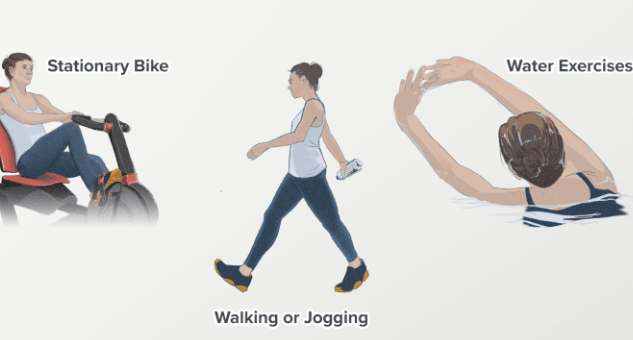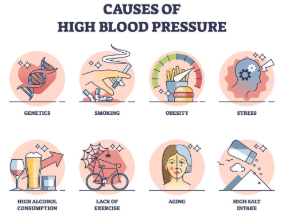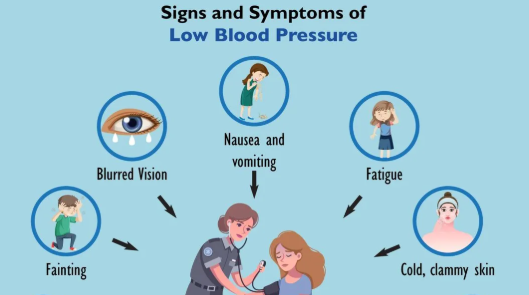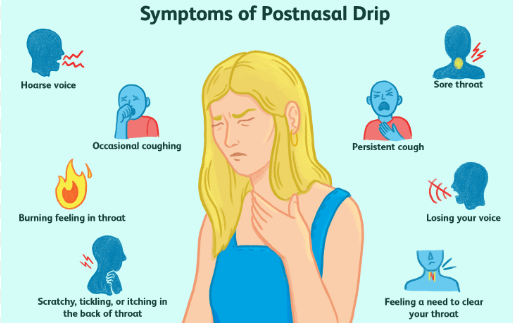What It’s Like to Be an Empath With Fibromyalgia
To be an empath is to feel the emotions of others as if they are your own. To live with fibromyalgia is to endure chronic, often invisible pain that touches every part of life. When these two identities coexist within one person, the experience becomes more than just difficult—it becomes a delicate balancing act of emotional and physical survival.
Being an empath with fibromyalgia is living with heightened sensitivity in both mind and body. It is carrying not only your own pain but the pain of others, while your own nervous system is already overwhelmed. It is the constant battle of boundaries, burnout, and bravery. And it is a reality that few people truly understand.
The Emotional Weight of Feeling Everything
Empaths naturally absorb the emotional energy around them. This means that crowded spaces, tense conversations, and even someone else’s unspoken sadness can leave a deep impact. For someone with fibromyalgia, where the nervous system is already in a heightened state of alert, this emotional absorption doesn’t stay emotional—it becomes physical.
Stress, sorrow, or conflict that empaths pick up from others can trigger flare-ups. A single difficult encounter can leave you physically drained or in pain for days. Your body doesn’t just witness suffering—it responds to it, magnifies it, and holds onto it longer than you want it to.
This emotional openness, while beautiful, becomes a vulnerability. It means that the world’s sadness is never truly separate from your own experience.
Energetic Burnout Happens Faster
Empaths often require alone time to recharge. Add fibromyalgia to the mix, and that need becomes non-negotiable. Social settings can drain energy faster than your body can replenish it. While others leave a party tired, you might leave aching. While a friend recovers from a stressful day with rest, your body might spiral into a full-blown fibro flare.
This isn’t about weakness. It’s about sensory overload. Your brain and nervous system are processing emotions, interactions, lights, noise, and physical discomfort all at once. Recovery takes longer. Quiet becomes a refuge. Stillness becomes sacred.
And sometimes, the people around you don’t understand why you disappear for days or cancel plans last minute. But your energy is not limitless, and your body forces you to listen even when your heart wants to give more.
Compassion and the Struggle With Boundaries
Empaths are natural helpers. We want to be there for everyone. But fibromyalgia teaches hard lessons in boundaries. You quickly learn that giving too much, even emotionally, comes at a steep cost. Being there for someone else often means sacrificing your own recovery.
The conflict arises when your compassionate nature clashes with your body’s limitations. You may want to offer comfort, provide support, or lend a listening ear. But doing so can drain you of the little energy you’ve stored. Saying no doesn’t come naturally to empaths, but fibromyalgia makes it a necessity.
This internal battle—between who you are emotionally and what you need physically—is constant. And it can feel like you’re disappointing others, even when you’re simply trying to survive.
Physical Pain Amplified by Emotional Turmoil
Pain and emotion are closely linked. For empaths, emotional distress is not just felt—it’s embodied. When you see someone hurting, your muscles tense. When a friend is in crisis, your sleep suffers. When conflict surrounds you, your flare-ups become more intense.
Living with fibromyalgia already means managing pain that often has no obvious cause. But for empaths, emotional triggers can be just as powerful as physical ones. The pain becomes layered—one part physical condition, one part emotional response.
This connection makes self-care a vital form of pain management. It means emotional boundaries must be treated with the same seriousness as dietary needs or medication schedules.
Isolation and the Deep Need for Connection
One of the hardest parts of this experience is isolation. Fibromyalgia can limit your ability to socialize. Empathy can make solitude feel unbearable. You crave connection but often don’t have the capacity for it. You want to help others but know that too much involvement can set you back.
This tension creates a quiet loneliness. You may pull away not because you don’t care, but because you care too much. You may appear distant, but inside you’re feeling everything—just without the energy to respond.
Still, the relationships that do understand and honor both your empathy and your limitations become lifelines. They provide safe spaces where you don’t have to explain yourself. Where you can be both sensitive and sick. Where your presence is appreciated, not demanded.
Finding Strength in Sensitivity
Despite the challenges, being an empath with fibromyalgia is not without its gifts. You learn to tune into your body and others with remarkable awareness. You understand suffering deeply, which makes you kind in ways the world desperately needs. Your sensitivity, though heavy at times, becomes a tool for compassion, connection, and healing.
You notice things others miss. You offer comfort that comes from a place of genuine understanding. And while your body may slow you down, your heart continues to reach out.
You become a warrior of quiet strength—managing both visible and invisible pain, extending grace to others even when you need it most, and choosing to remain open in a world that often tells you to harden.
Conclusion
To be an empath with fibromyalgia is to live at the intersection of emotional depth and physical fragility. It is a life of constant negotiation, between caring and conserving, feeling and functioning. But within that struggle lies incredible strength.
You don’t just carry your pain—you carry the weight of others, too. And while that may seem like a burden, it’s also a rare and powerful form of resilience. You are not broken. You are not too much. You are simply someone who feels deeply, in every sense of the word.
And that is something the world needs now more than ever.
For More Information Related to Fibromyalgia Visit below sites:
References:
Fibromyalgia Contact Us Directly
Click here to Contact us Directly on Inbox
Official Fibromyalgia Blogs
Click here to Get the latest Chronic illness Updates
Fibromyalgia Stores






